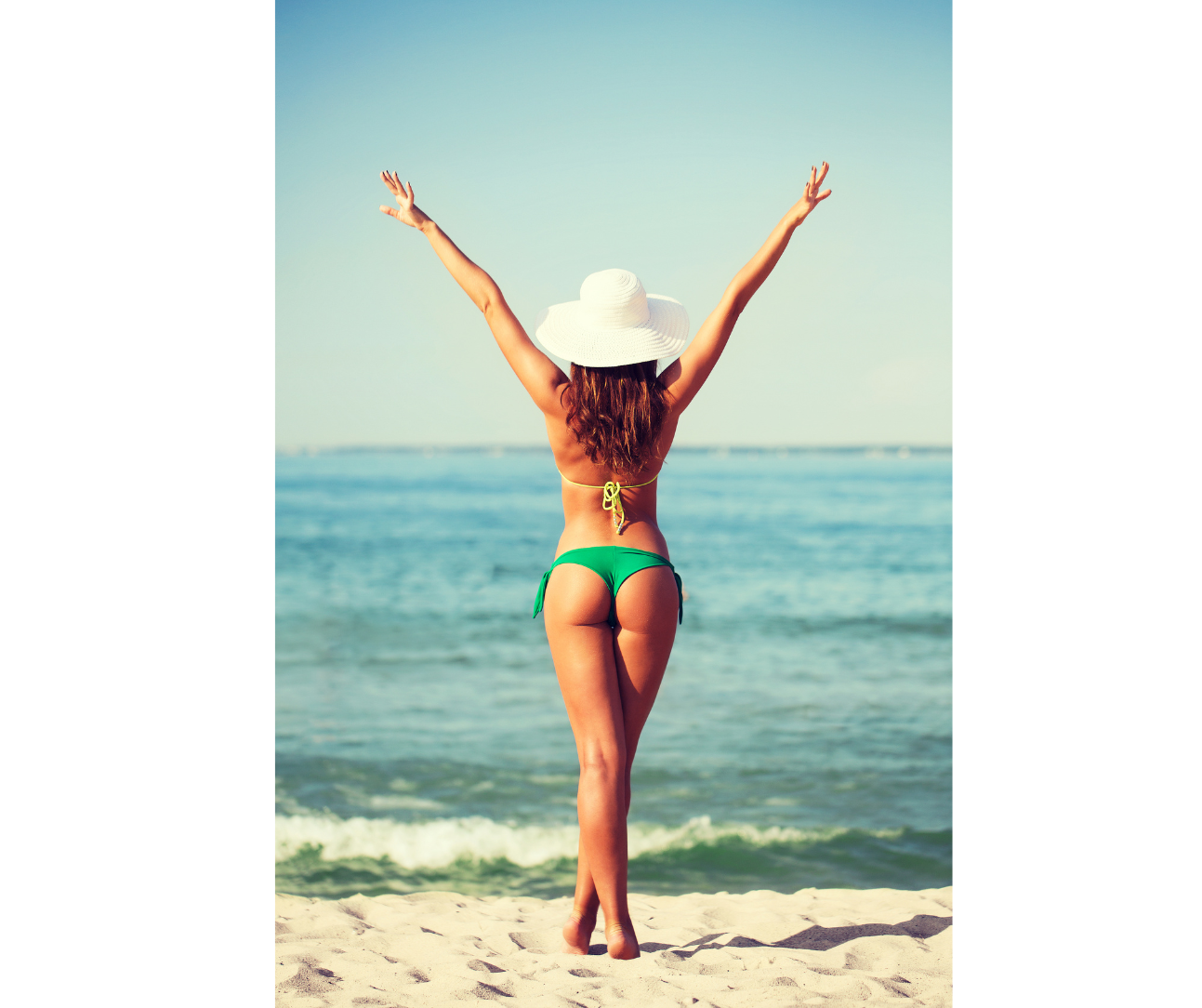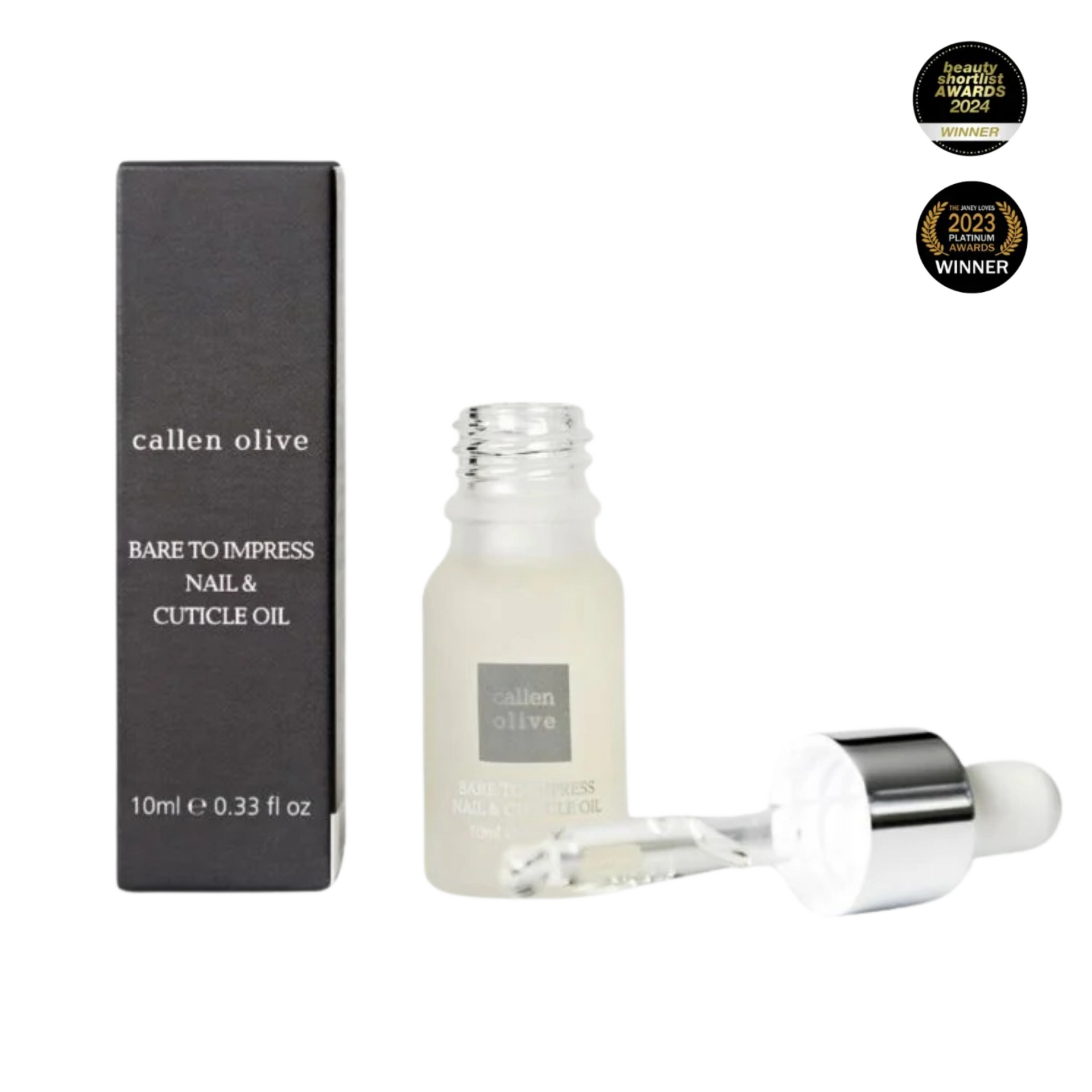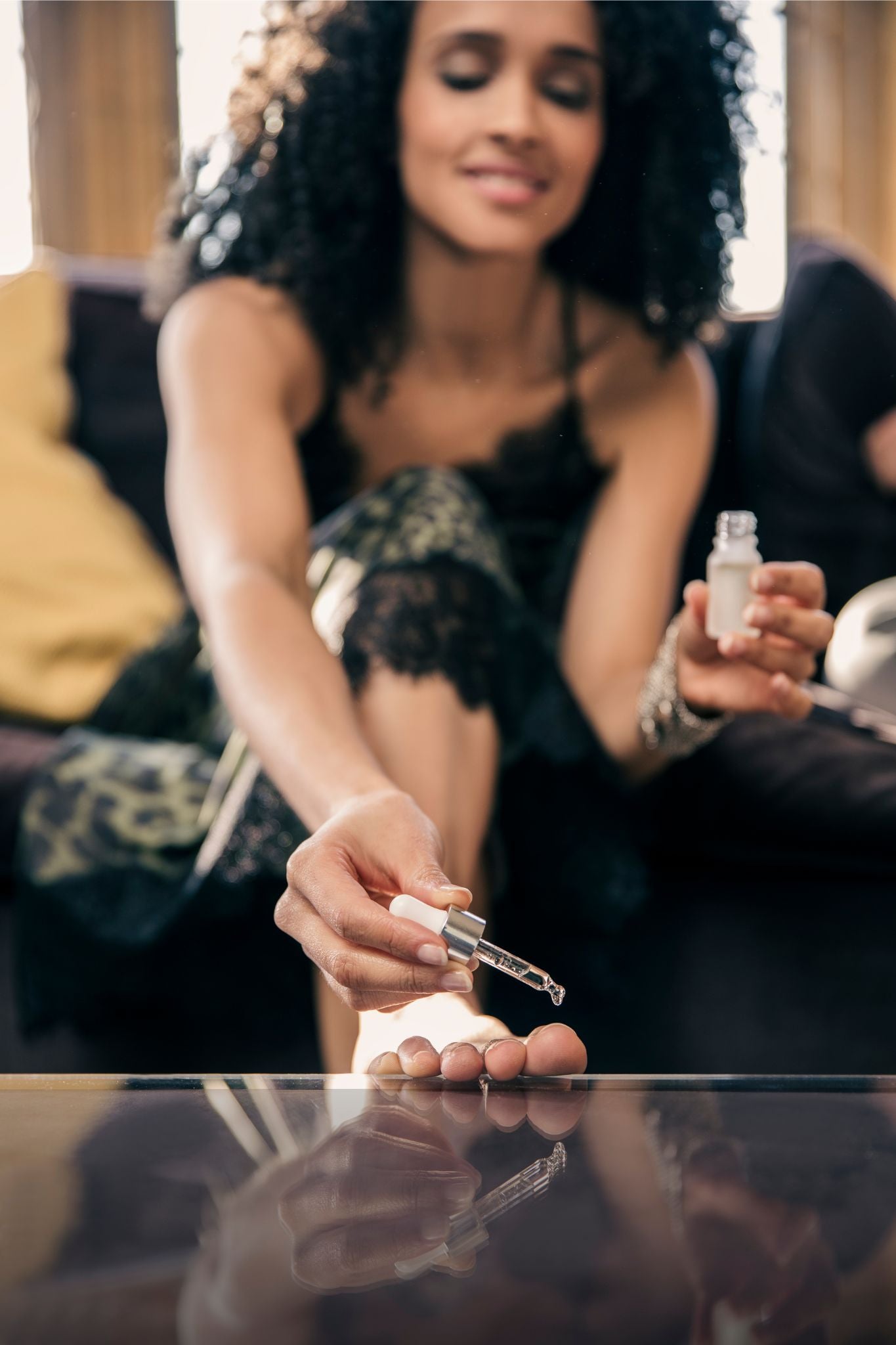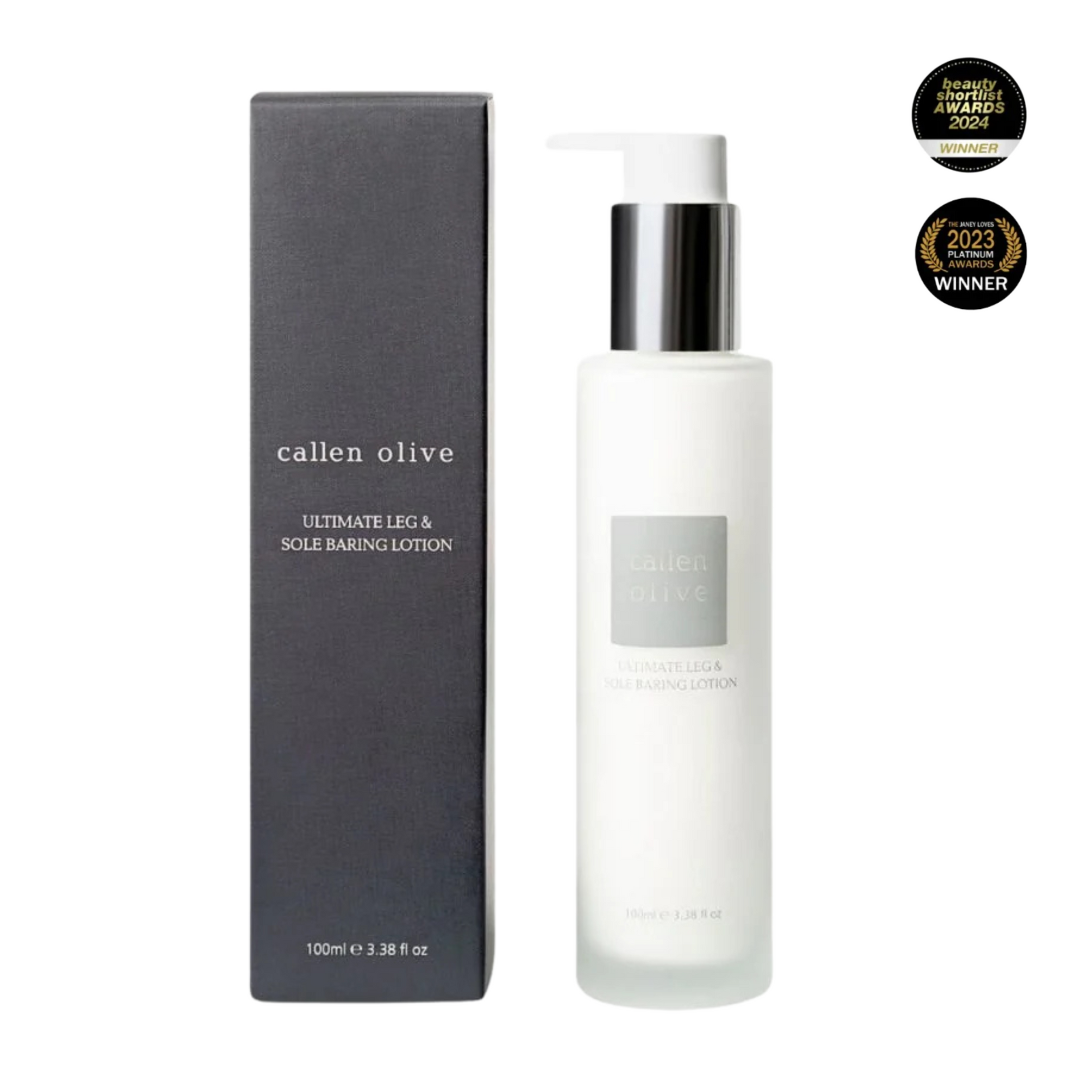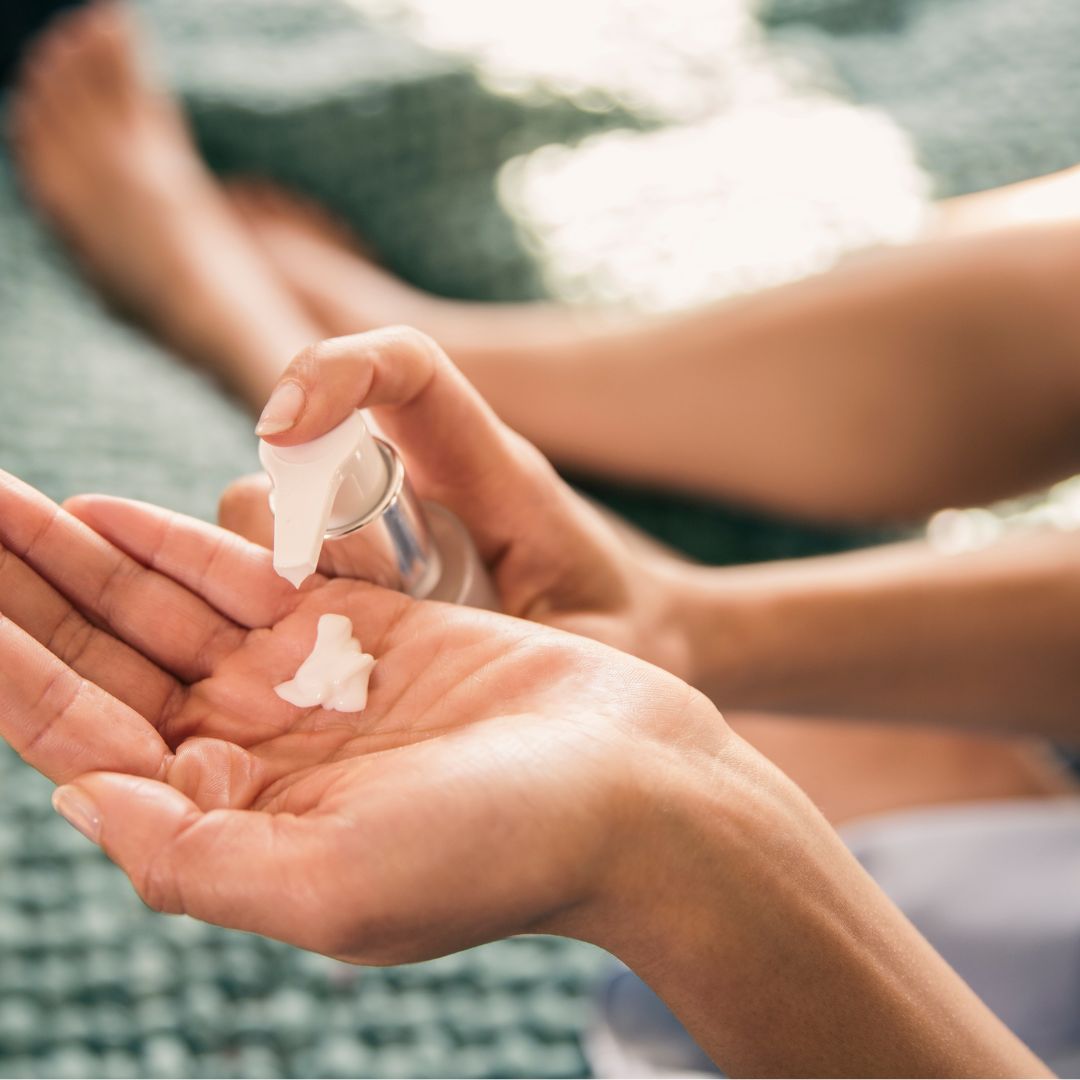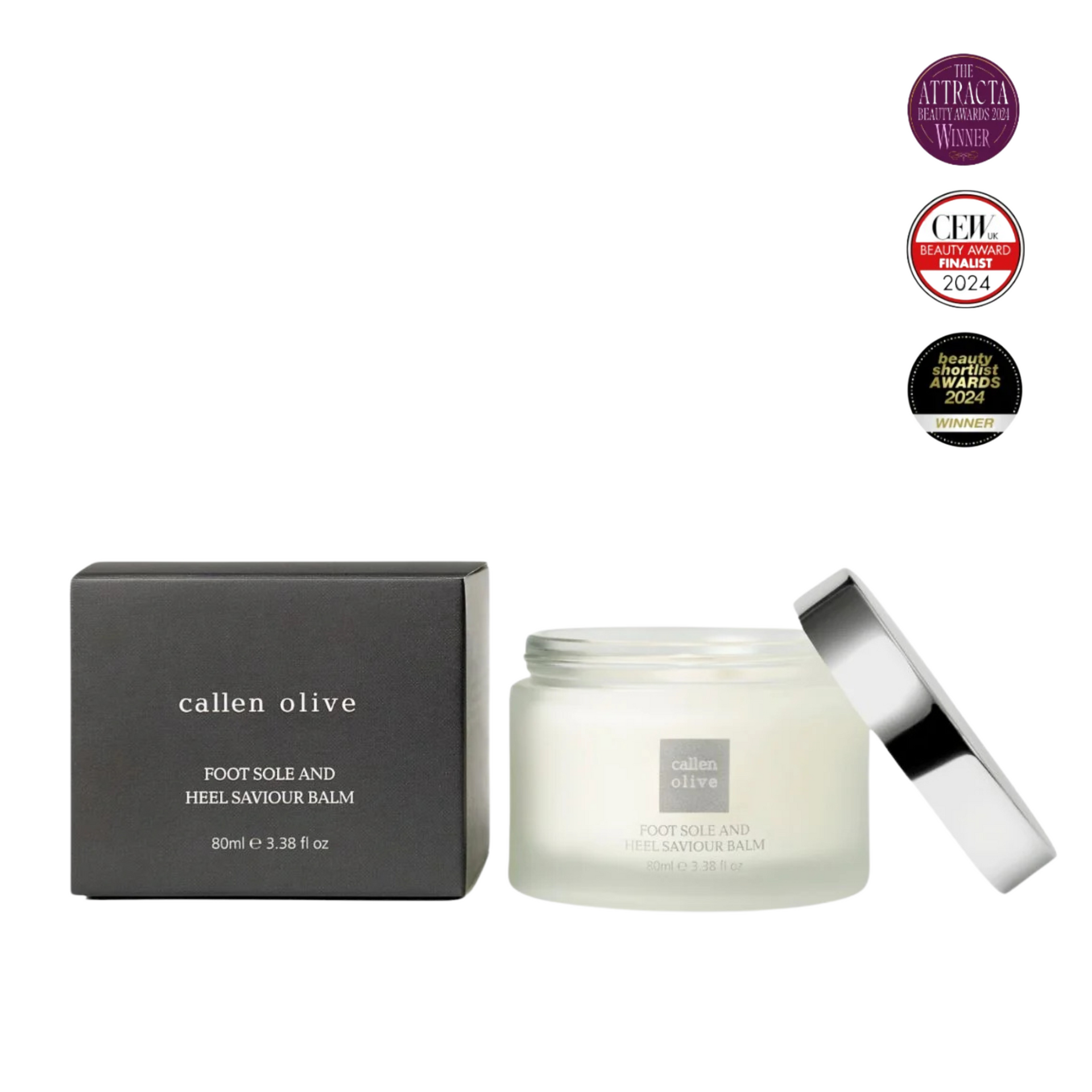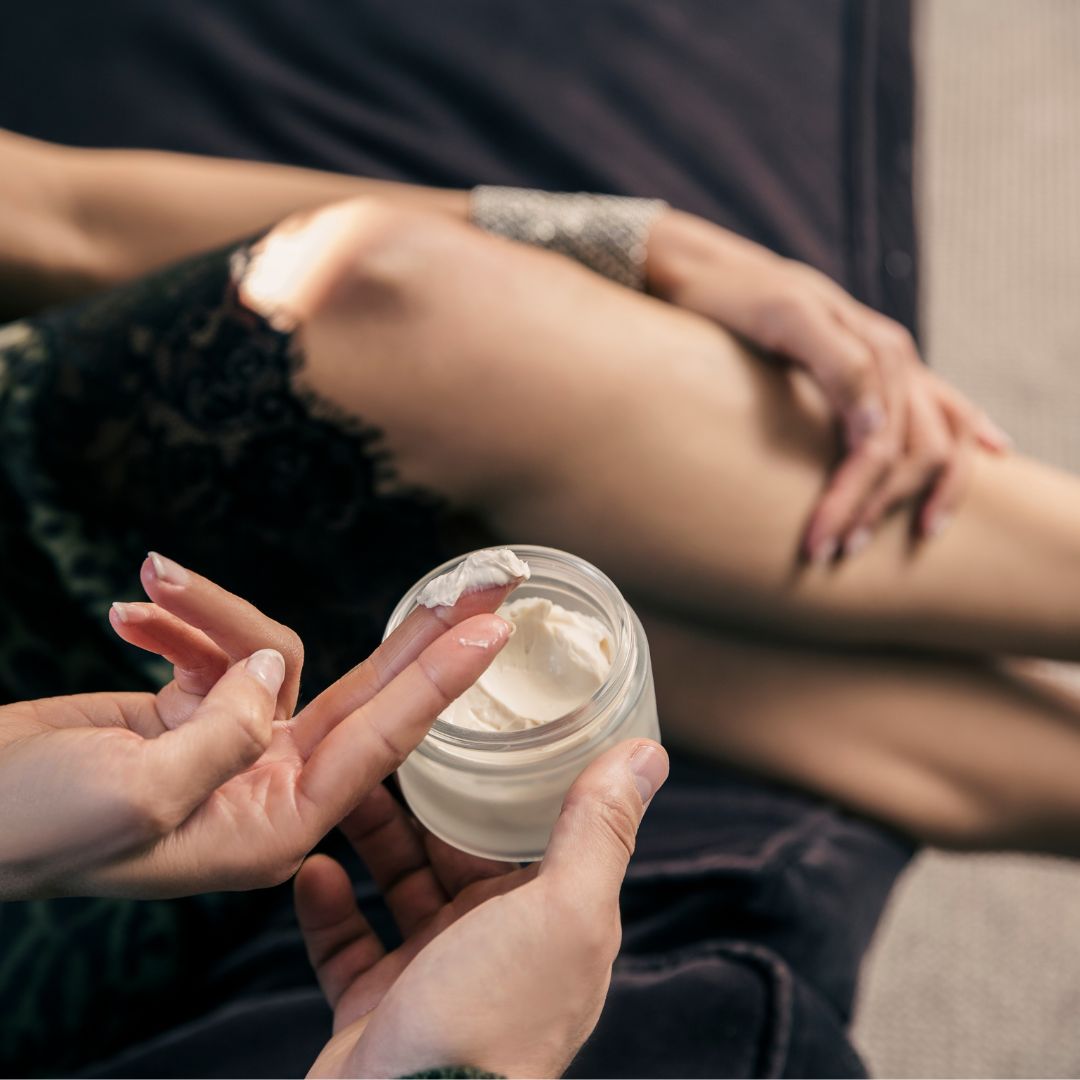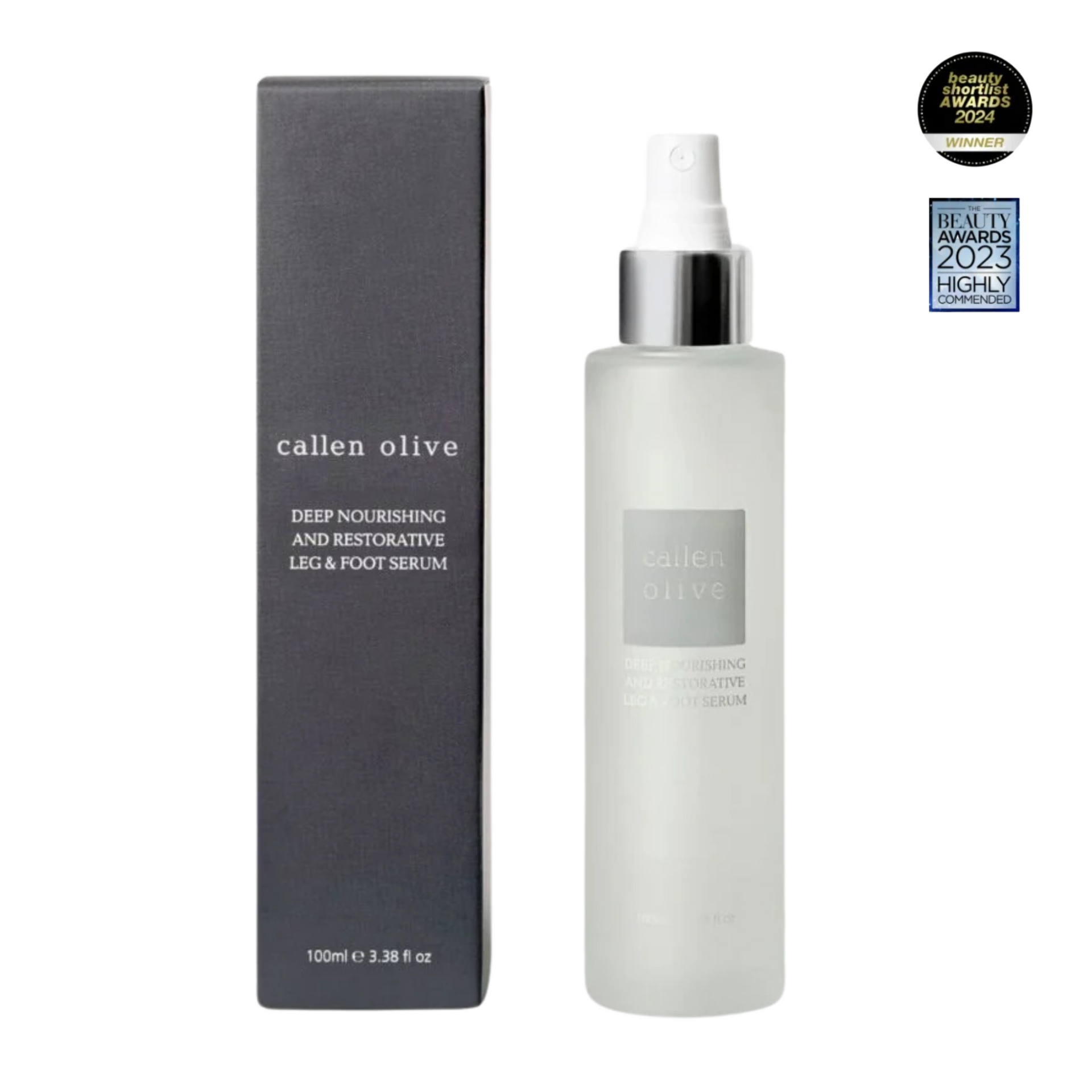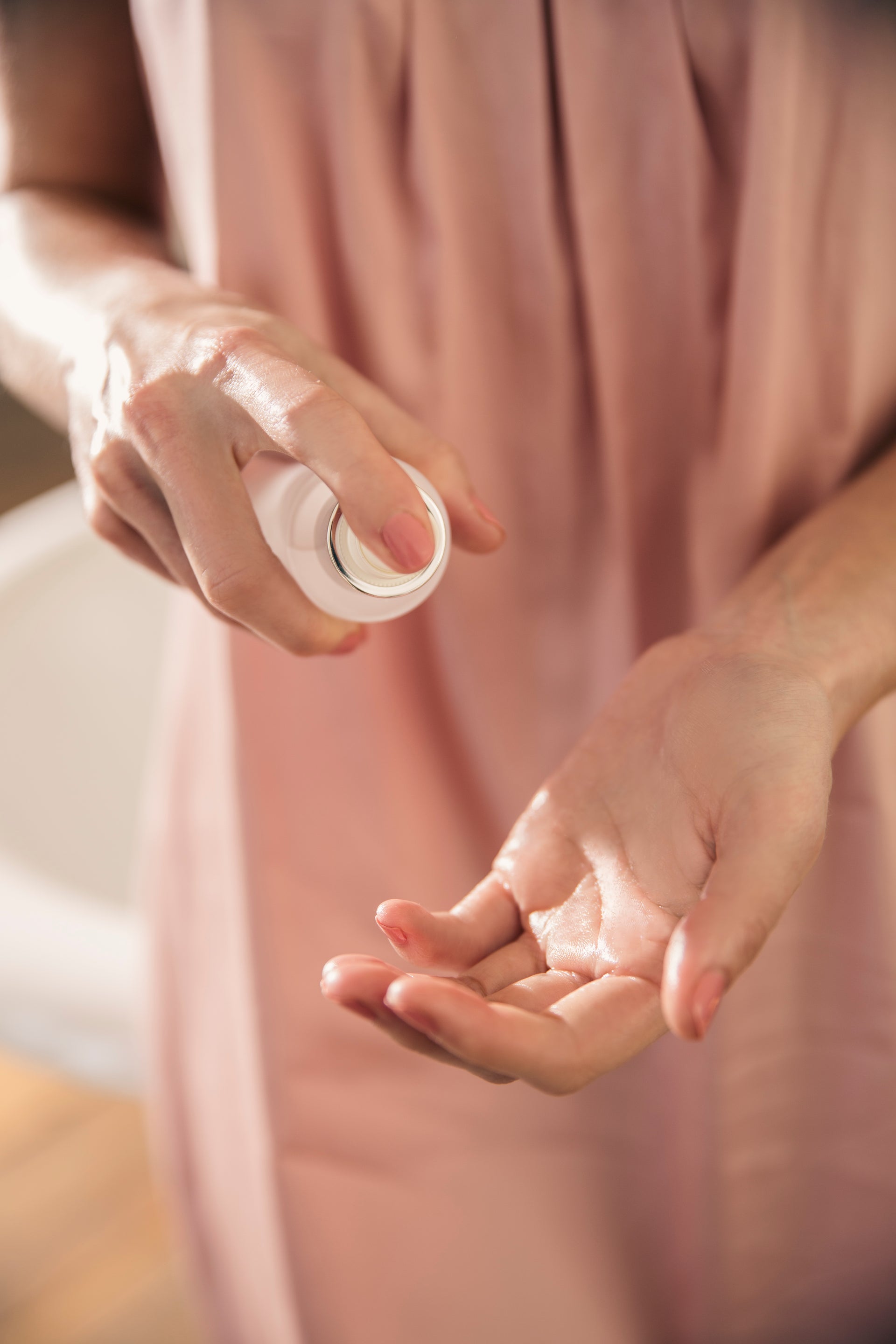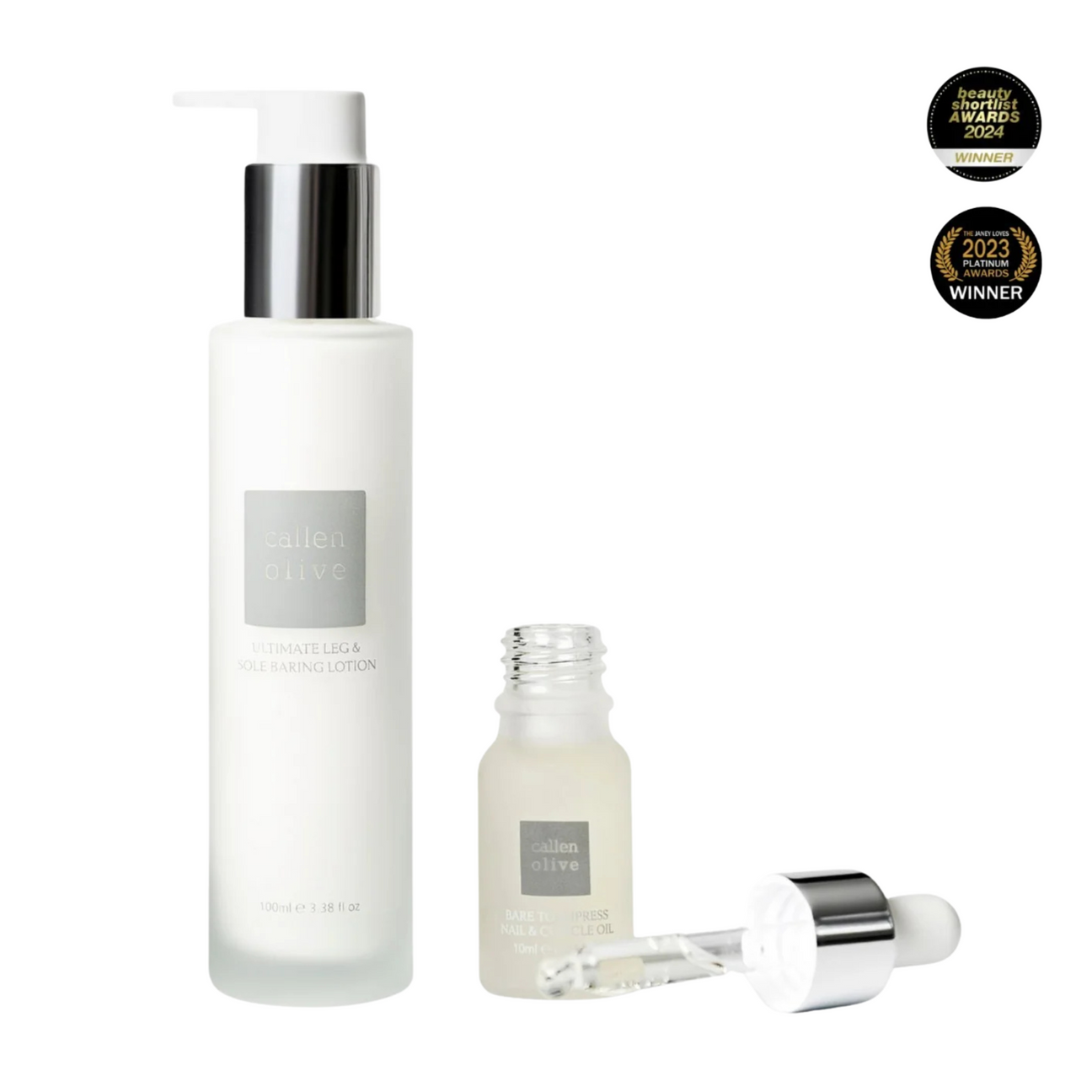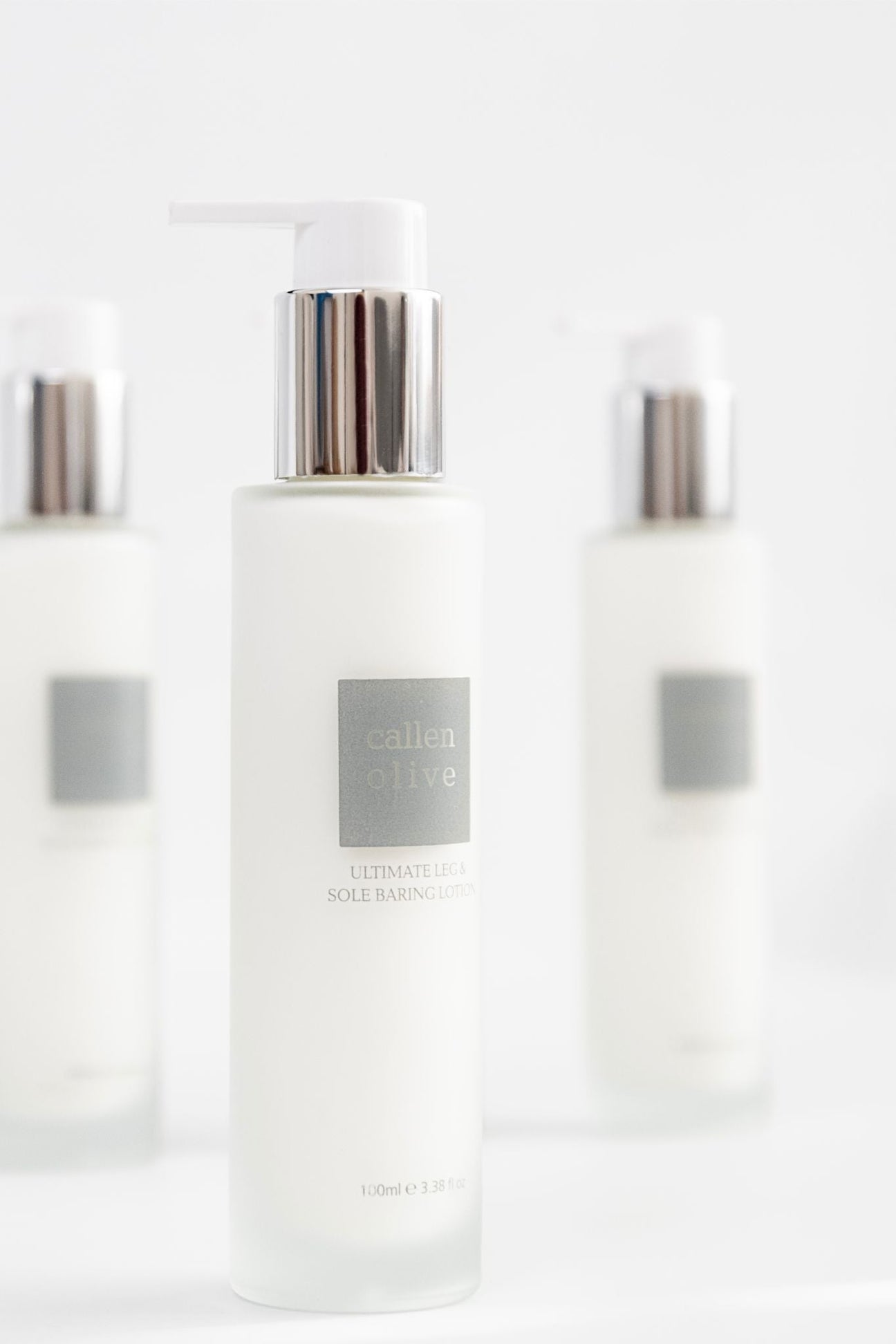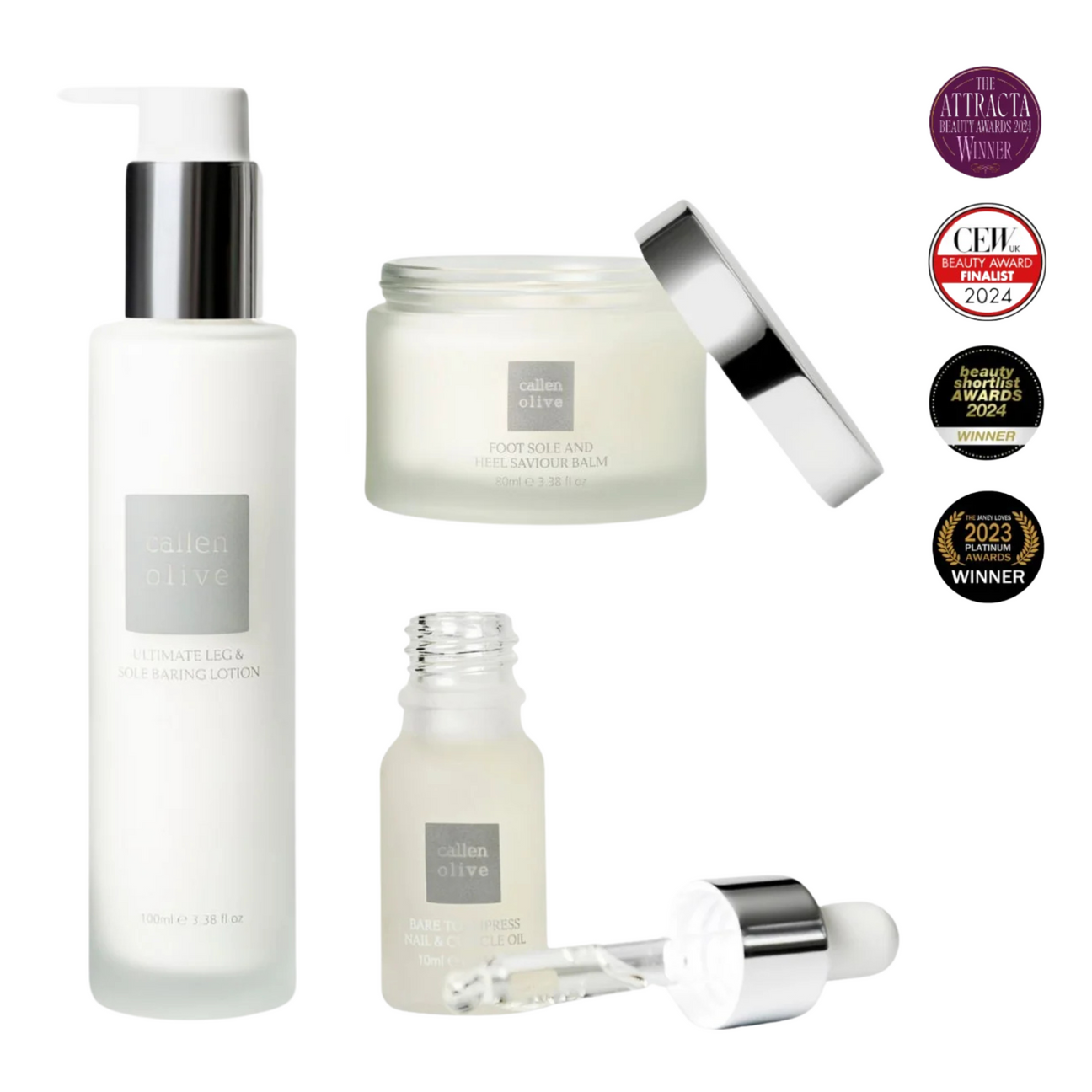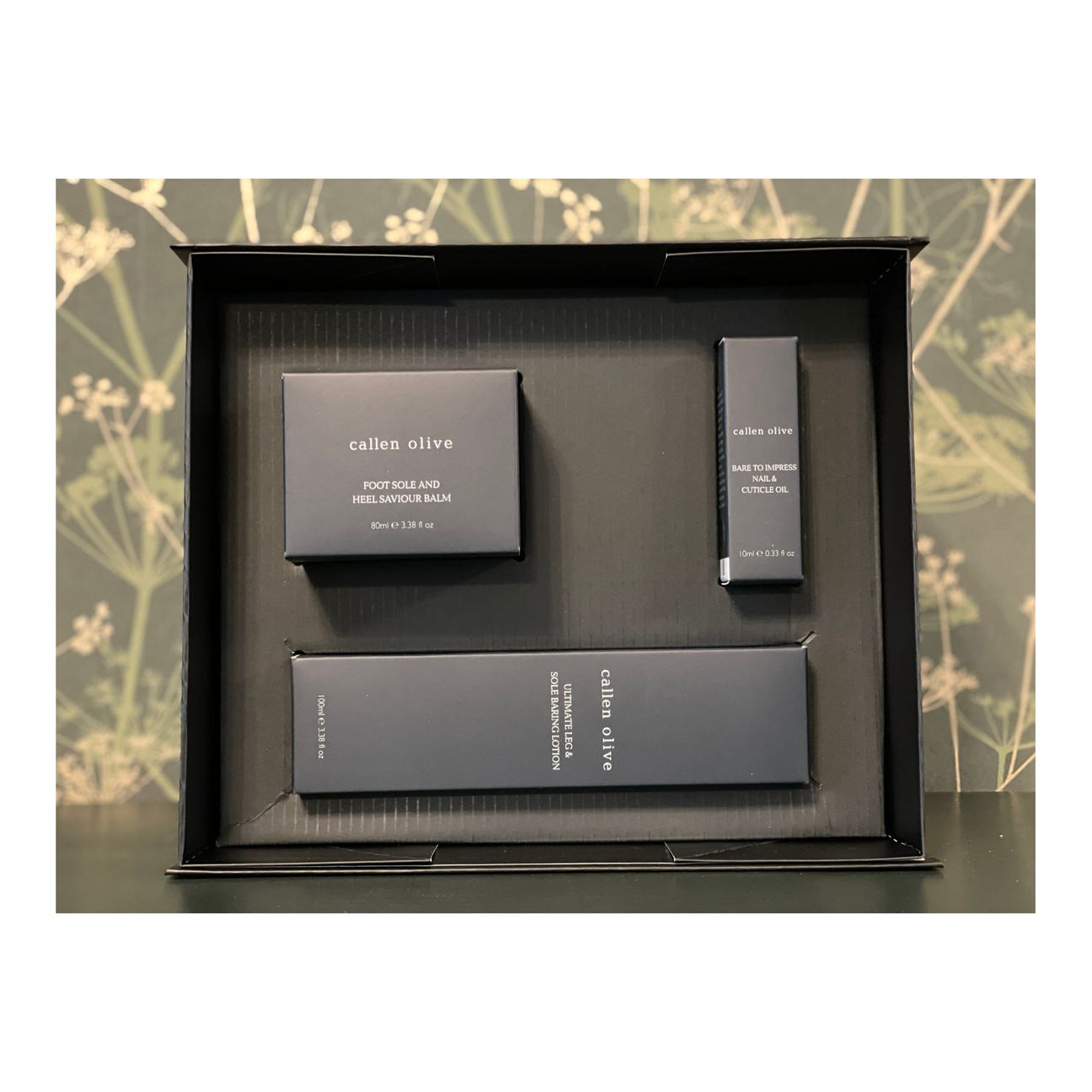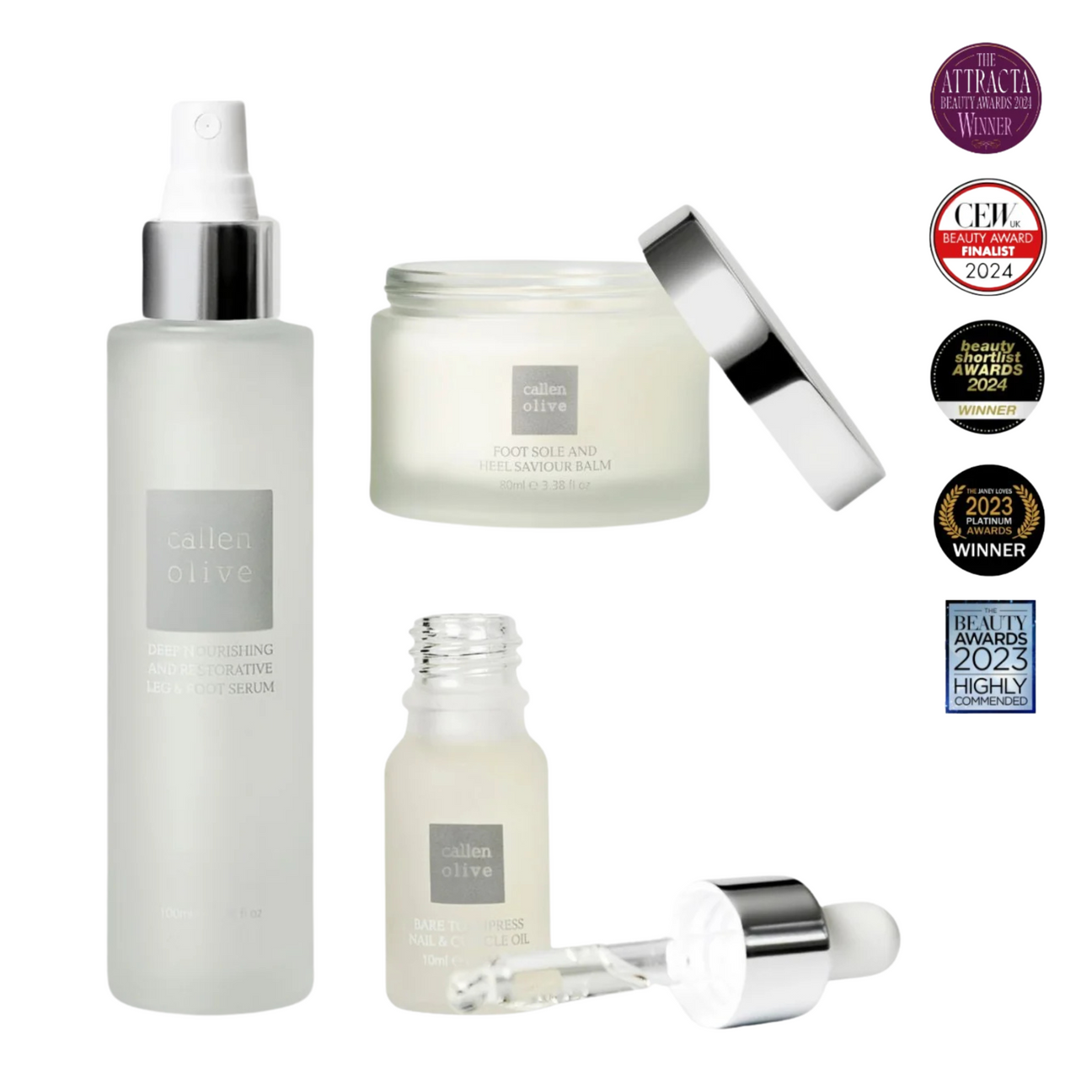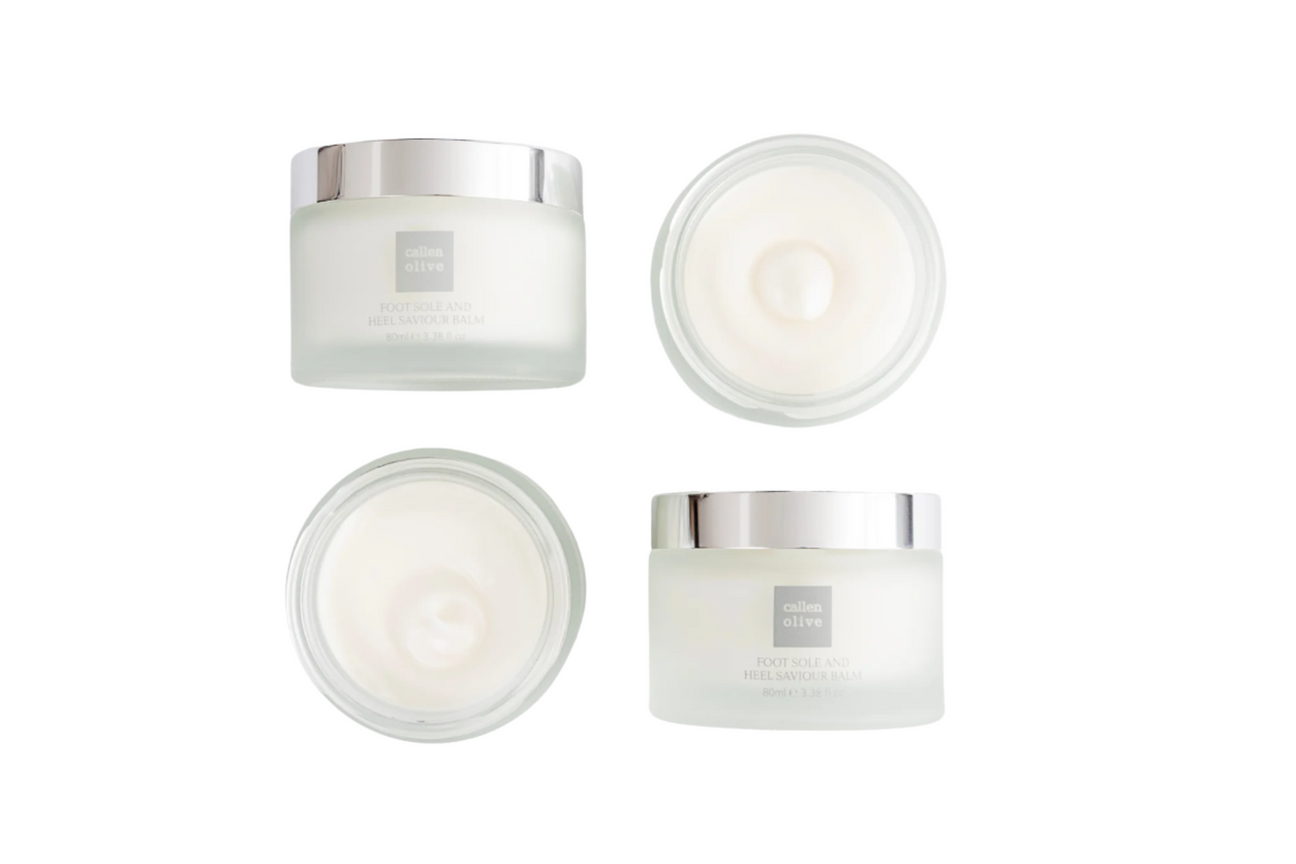Going straight from winter shoes to sandals can leave your feet feeling sore and covered in blisters. However, with the right precautions, you can prepare your skin and enjoy blister-free feet this summer.
Whether you put on last season’s sandals or a brand new pair, the chances are they’ll leave a painful mark on your feet the first time you wear them. After months under the protection of socks and close shoes, the skin of your feet has lost all ruggedness. So when it’s exposed to sandals all at once it doesn't have enough time to develop a bit of defence to protect itself from the sandals’ friction, and blisters instead.
Blisters are painful and can put a damper on your daily activities. But fear not! You can still wear your favorite summer shoes without hurting your feet. In this guide, I share with you a few tips to treating blisters and help you enjoy blister-free feet this summer.
First, let’s talk about choosing the right footwear. And no, you don’t have to stop wearing your beloved, strappy Jimmy Choos, I’ll get to that in a minute.
If you plan to walk or be on your foot a lot, you must ensure your sandals provide you ample support and cushioning. Try to avoid styles with stiff materials, like plastic, that can rub against your skin. Flip flops, in particular, can cause irritation at the top of your feet.
If you buy a new pair of sandals, break them in gradually by wearing them for short periods initially. For example, try to wear them at home or in the office for a few hours to allow your feet to adjust and prevent friction-related blisters from occurring.
And remember, not only can poorly fitting sandals be extremely uncomfortable but they can also hurt your soles, so take the time to find the perfect fit. Moreover, if your feet swell in the heat opt for adjustable straps and laces to give them more room when needed.
Socks are a THING right now — wear them
Socks are no longer a faux pas. The latest fashion accessory is your feet’s best friend to keep blisters out of the way. When choosing them, opt for moisture-wicking socks made of bamboo or hemp. These materials keep your feet dry by wicking away sweat. Seamless socks are also ideal, as they minimise friction against the skin. Finally, consider using a liner sock made of a thin synthetic material to reduce friction between your foot and the outer sock. This layering technique can be particularly effective in preventing blisters during long hikes or demanding activities.
Prevention over cure
There are several measures you can take to protect your feet during the early days of wearing sandals. For instance, applying friction-reducing products, such as petroleum jelly or specialised blister prevention balms, to areas prone to rubbing can create a protective barrier. For vulnerable areas like heels or toes, consider using adhesive sports tape or blister plasters. These protective barriers minimise friction and provide cushioning, reducing the risk of blisters. During long activities, take regular breaks to air out your feet and change into dry socks if necessary.
How to treat blisters at home
Sometimes blisters can't be entirely avoided. If you find yourself with a blister, it's essential to treat it properly to expedite healing and prevent infection. I suggest the following steps:
- Don’t break it – Whenever possible, keep the blister intact. The blister acts as a natural barrier against infection, so avoid the temptation to pop or drain it unless it's painful or likely to burst on its own.
- Clean and protect – If the blister breaks, gently clean the area with mild antiseptic soap and warm water. Apply an antiseptic solution and cover it with a sterile dressing to prevent irritation, infection and allow optimum healing.
- Relieve pressure – If the blister is in an area that experiences pressure, apply moleskin or padding around it to reduce friction and relieve pressure during activities. Usually changing your footwear will also aid this.
- Monitor for infection – Keep an eye on the blister for signs of infection, such as increased pain, swelling, smell and or discharge. If infection occurs, seek medical attention promptly.
Don’t let blisters stop you from wearing your favourite summer shoes. Just make sure you choose the most appropriate shoes for the occasion and wear them periodically until your foot’s skin has had a chance to build its own resilience. And remember, if you do get a blister, follow the steps above to avoid infection and it’ll be gone in a few days.
Summer is the season to enjoy glowing skin on your legs and soft feet. Our products are formulated to feed the legs and feet’s skin from within, leaving them looking and feeling smooth, hydrated and healthily radiant. To shop the collection, click here.
